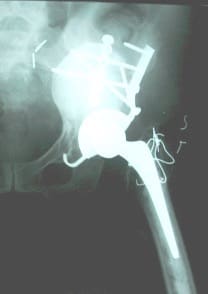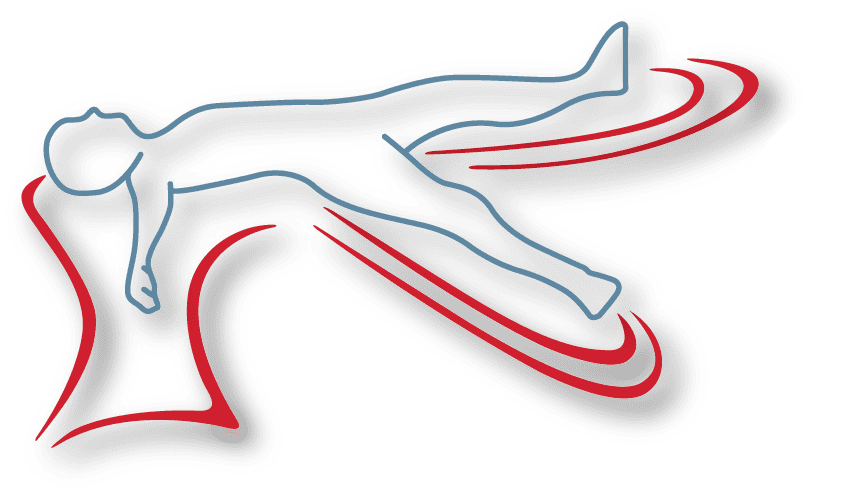Acetabular Fractures- The Foundation of Anterior Approach Total Hip Arthroplasty - Part 2
In this second installment of Dr. Joel Matta’s description of the origins and evolution of the anterior approach to total hip arthroplasty in the USA, he describes how his background in acetabular trauma helped lay the foundations for the technique and technologies we know today. Read Part one here.
Focus on acetabular fractures
While I did not initially see the advantages of anterior THA, my focus on acetabular fractures laid the foundations. At the time, many surgeons used a posterior approach and lateral position for acetabular fractures, using extensions of this approach to increase access to the innominate bone (proximal extension, trochanteric osteotomy, triradiate extension). My initial acetabular fracture surgeries followed this posterior approach extension method. This included operating on the patient in a “floppy lateral” position which allows the surgeon to roll the pelvis during surgery to hopefully increase access. Letournel’s protocol, however, was to operate on acetabular fractures with the patient either supine, lateral, or prone through the ilioinguinal, iliofemoral or posterior approaches respectively. I found this protocol to be clearly superior (*).
The advantages of the Judet Orthopedic Table
Another aspect of Letournel’s protocol was to use a Judet Orthopedic Table. As I moved toward Letournel’s protocol, I initially did not appreciate how much of a role the Judet Table played in terms of maximizing the capability of each surgical approach. Further experience highlighted these advantages to me: enhanced exposure, control of the femur and pelvis, limited soft tissue trauma, as well as access to a wider skin area. The standard flat-top table technique was possible for the operation of acetabular fractures but was more likely to require second incisions and cause difficulties with fracture reduction.
This Letournel acetabular fracture background taught me hip and pelvis anatomy and radiology. It also made the concept and practice of considering the relative advantages of different surgical approaches natural and logical. The advantages and ease of use of the orthopedic table also became evident as a natural facilitator for anterior THA.

The Judet Table was the inspration behind the orthopedic tables used today. Part Four of this series covers the unorthodox origins of the Hana orthopedic table in more detail.
(*) Letournel E, Judet R. Fractures of the acetabulum. Posterior wall fractures. 2nd ed. New York: Springer-Verlag 1993






